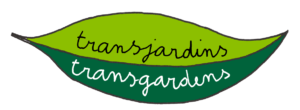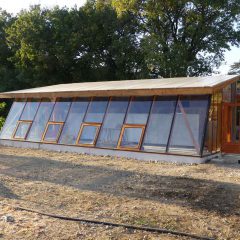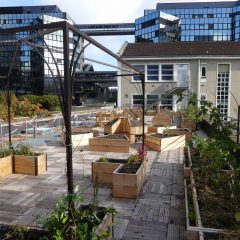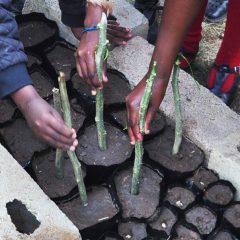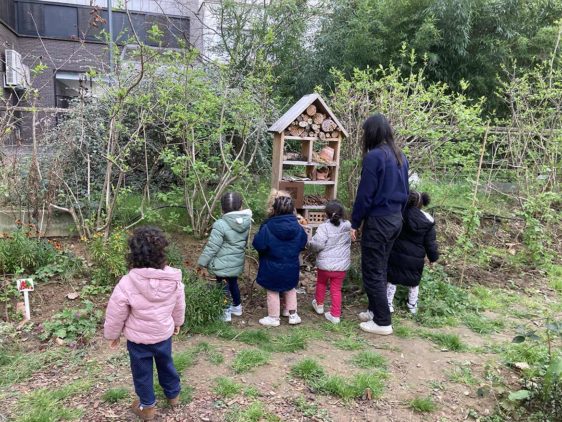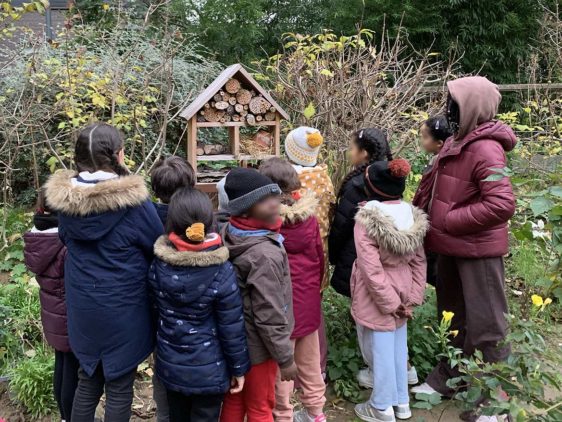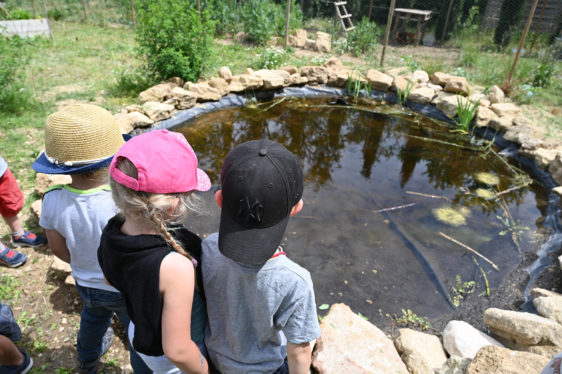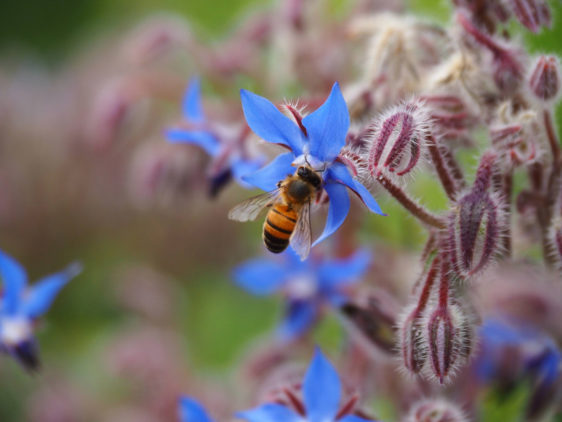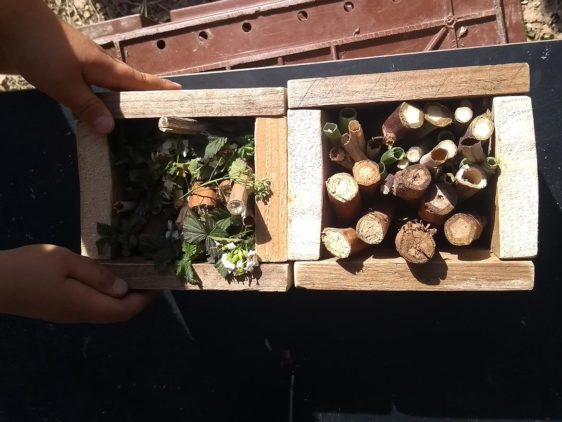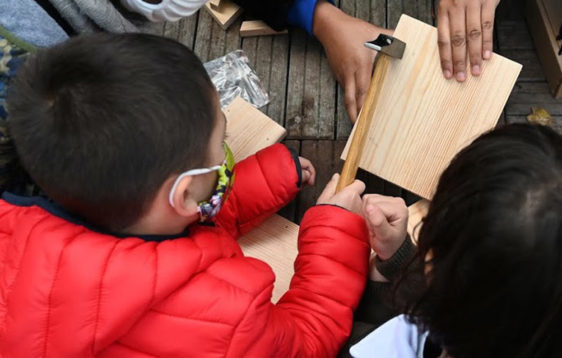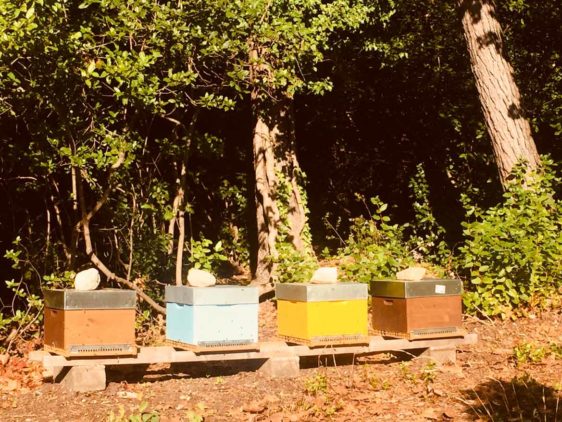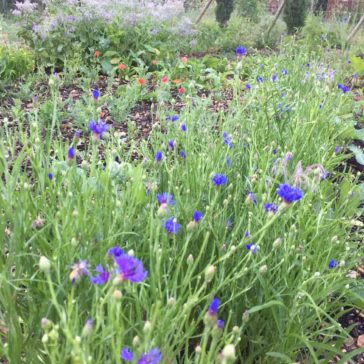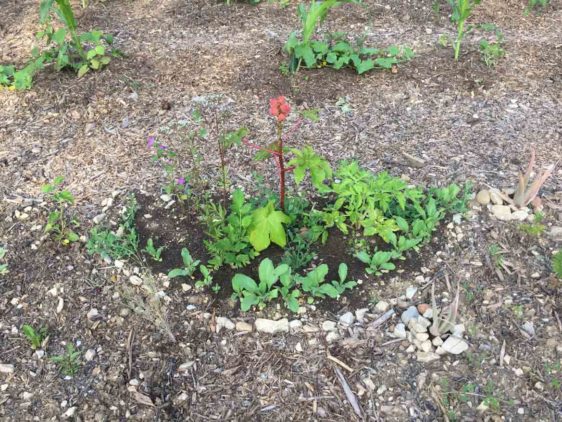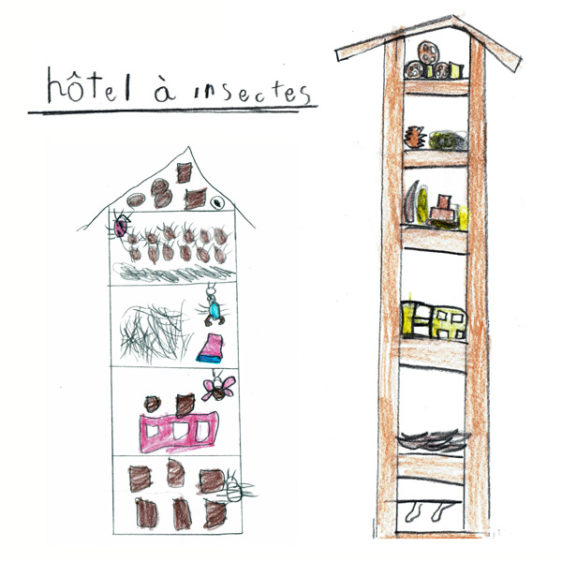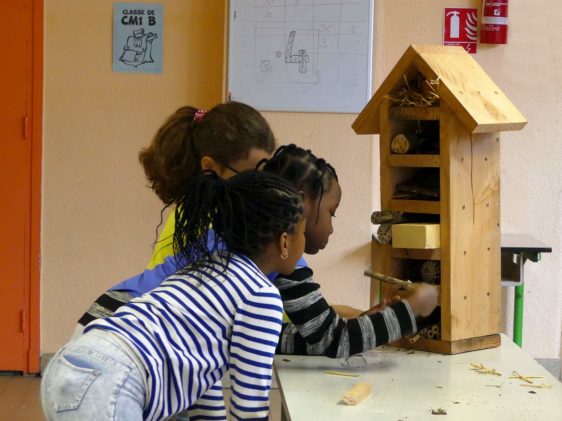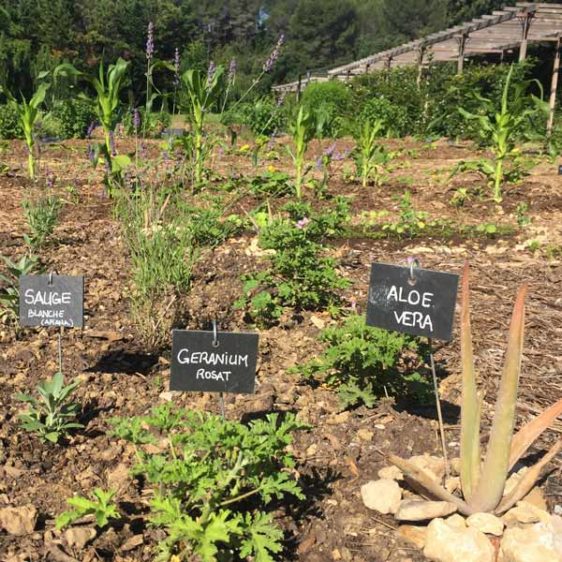Biodiversity is the contraction of the words “biological” and “diversity”. This means the diversity of all living beings on our planet.
Diversity exists on several levels:
– Diversity of species, among animals or plants. For example: the diversity of cow breeds, or the diversity of tomatoes or carrots, which can be of different shapes, sizes and colors.
– Within each species, there is also diversity, which is called genetic diversity. This explains why a white cow will have a spot on its body, and another will not, or that two carrots of the same species will not have the same shape or size.
– On the planet’s scale, there are also different living environments called ecosystems. This is why oceans, forests or deserts do not have the same plant or animal populations.
Biodiversity plays a key role in alternative farming techniques. Insects, small mammals and amphibians can easily get rid of certain garden pests and play a role in flower pollination or seed dispersal. Some flowers have properties that can be used by the gardeners, such as biopesticides preparations, and livestock can take care of certain tasks, such as weeding. Encouraging biodiversity by offering various shelters to nature dwellers can be very rewarding.
